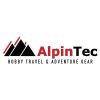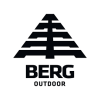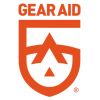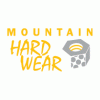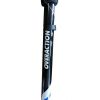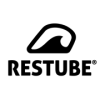Climbing Shoes - Quick Buying Guide
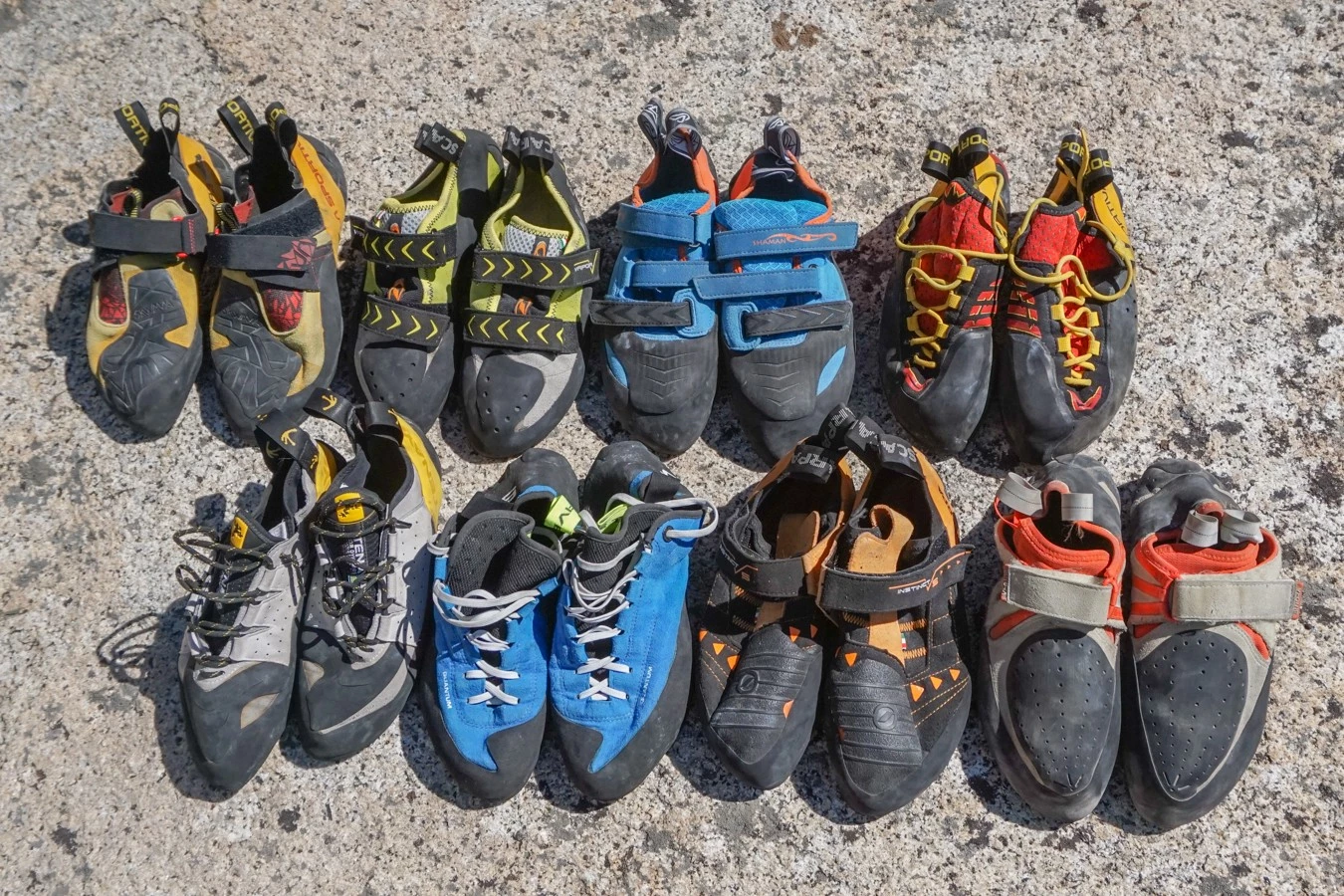
Most companies have at least one new model climbing shoes a year, making them the most common type of modernization climbing equipment and the most rapidly evolving: more sticky, more durable rubber, investments that fight odor, increasingly deformed shapes etc.
However, the basics of climbing shoe design remain constant since the Boreal Fires, when the sticky rubber was pioneering. When you buy a climbing shoe, it is advisable to take into account:
Uses for which they are intended: For what type of climbing is designed shoe? The shoes for traditional climbing is usually flatter, harder and more durable than those for sport climbing or boulnteringk high level (these tend to have thin, sensitive soles and shapes facing downward, like predatory claws).Try to climb a negative sports bar with shoe built to stand on plates and small ledges all day, and you will pay.
Gender: Many companies plan climbing shoes specifically for women - these fit smaller feet and have narrower heels from the corresponding men's models.But the truth is that many men have feet that fit best in a 'female' shoe, and vice versa, so do not discard a shoe simply because it is intended for the opposite sex.
Binder: Most climbing shoes tightening or cords, Velcro, elastic (slippers) or some combination of these. Athletes of bouldering and interior walls prefer the convenience offered by Velcro to put-take off the shoes.The cords are suitable for any style. Probably not advisable to buy soft climbing type slippers if you plan to climb vertical walls all day, otherwise you need too much power to balance and press the noses.
Shoe trees: The shape of the shoe is mainly determined by the last (the form around which is constructed). The shoes made on mold face down are good for anchoring in tips on negative, those with last level is more comfortable and does not deform so your feet. Asymmetric shoe trees, which may be flat or pointing down, channel the power in big finger, offering high levels of power and precision. Levels, symmetrical shoe trees tend to be the most comfortable and suitable for large, moderate difficulty climbing or for beginners.
Rubber: The battles for the best tire raging yet: all claiming to have the most sticky rubber on their shoes. Fortunately, everything is pretty sticky for nearly every situation. The thick rubber keeps longer, but spoils the sense of touch. The thin elastic allows you to feel the finest touches, but wears faster. The rubber also extends above the sole to cover part of the upper skin, adding support and friction shoe and allowing advanced moves like toe hooking (hooked fingers).
Upper material: The shoes with leather uppers open in the heat, the sweat and the pressure of use, taking the shape of your feet. Take one size smaller in them than you would get in synthetic, which open very little or not at all.
Coating: A liner from cotton or synthetic material can increase the comfort and reduce flaring, but also tends to reduce slightly the sense of touch. Investments often keep sweat so tend odor.
Midsole: Between the sole and the upper part is the midsole. The length (full, in two pieces, some or all), the thickness and hardness of the material of making a shoe harder (good for pressing the small projections) or less hard (for good touch feeling and hooked into small edges in negative ).For difficult sport climbing / boulnteringk prefer the shoe not have midsole. Large paths slopes will come more comfortable with a full midsole.
magazine ANEVENONTAS http://www.anevenontas.gr/articles/drpro/1757-anarrixhtika-papoutsia-grhgoros-odhgos-agoras
Recent posts
-
24/05/2024Backpack Guide Part Α’ 10 – 30 L
-
20/03/2024Guide for crampons
-
19/02/2024Hangboarding for beginners
-
06/02/2024Rock Climbing in Occupational Therapy
-
23/11/2023Climbing Grades
-
22/11/2023Climbing in psychotherapy
-
16/11/2023What is Bouldering
-
15/11/2023Trad VS Sport Climbing
-
15/11/2023Winter Tents
-
07/11/20233 Season Tents
-
03/11/2023Summer Tents
-
02/11/2023Lifespan Of Your Climbing Gear – Part B Metal Components
-
02/11/2023Lifespan Of Your Climbing Gear – Part A (Harness, Rope, Slings and Webbing)
-
30/10/2023Nail Vernis Aquaglutene - Vade Retro
-
30/10/2023THE LOG BOOK
-
30/10/2023Mountain cookware
-
30/10/2023Our Blog
-
30/10/2023Climbing Shoes - Quick Buying Guide
-
30/10/2023Washing and maintenance of the sleeping bag
-
30/10/2023Superlight Tents
-
30/10/2023ΙNFORMATION FOR CRAMPONS
-
30/10/2023Ice axe
-
30/10/2023INFLATABLE MATTRESS SLEEP
-
30/10/2023Nikwax secrets of waterproofing
-
30/10/2023What Is “Softshell”?
-
30/10/2023Slacklining, ένας εναλλακτικός τρόπος γυμναστικής.
-
30/10/2023Mountaineering - Hiking Boots
-
30/10/2023Waterproof Membranes
-
30/10/2023Sleeping Bags
-
30/10/2023Sleeping Mats
-
30/10/2023Base Layers
-
30/10/2023Climbing Helmets







